Energy Bars
Seems these days, everything you eat can kill you. Fruits + veggies have pesticides. Bread has gluten. Do vitamins have harmful chemicals? Maybe we’d be healthier if we just stopped eating altogether!
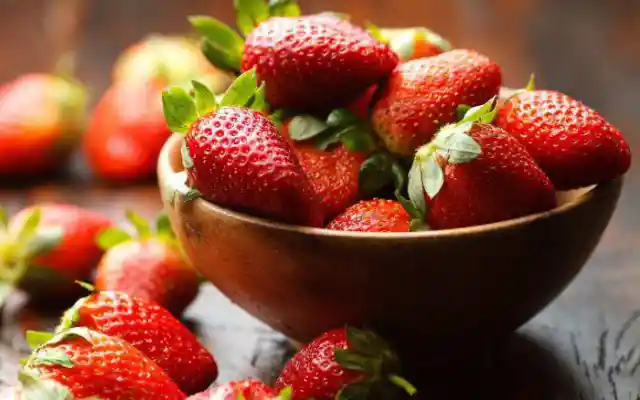
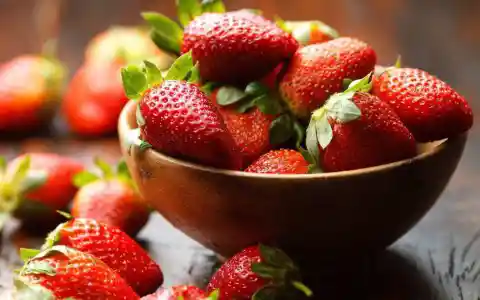
What a concept! Don’t let food kill you: Stop eating! Hmmm, probably wouldn’t work. So the least you can do is know what foods are deemed dangerous these days and which are still considered okay to consume. This list is a start to help you make more informed choices for you and your family, starting today.
 Energy bars taste gooooood. But so do candy bars. Unless you are training and exercising regularly, your body does not need the energy these bars deliver, and it surely doesn’t need the bad stuff. Some energy bars come packed with sugar or worse, high fructose corn syrup, the stuff that makes you think you’re still hungry.
Energy bars taste gooooood. But so do candy bars. Unless you are training and exercising regularly, your body does not need the energy these bars deliver, and it surely doesn’t need the bad stuff. Some energy bars come packed with sugar or worse, high fructose corn syrup, the stuff that makes you think you’re still hungry.
Sports Drinks
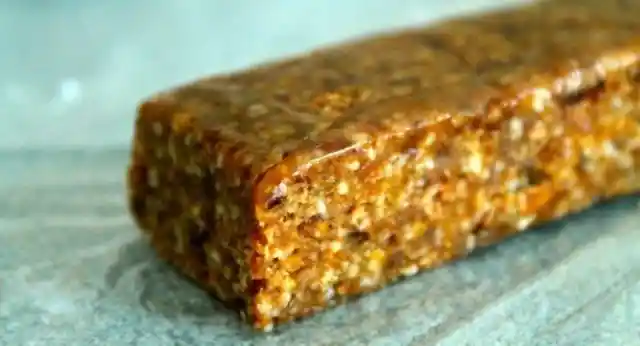
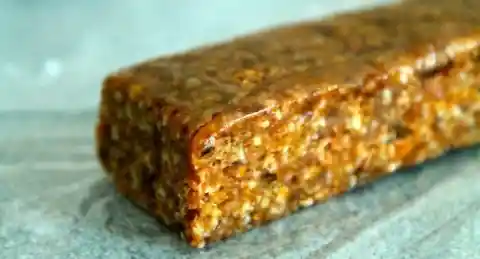
Some also have partially-hydrogenated oils…fancy words for artery-clogging, cholesterol-building trans-fats. And let’s not forget the artificial ingredients and preservatives that top off the desirable contents. These bars can fuel you for hours but send you to six feet under sooner.
 C’mon, we can’t even slam a sports drink after playing ball?! Well, these drinks sometimes have the same amount of sugar as colas. That’s not good after a workout. And it’s definitely not good after no workout! Drink enough and it can ruin your teeth…and put pounds on you.
C’mon, we can’t even slam a sports drink after playing ball?! Well, these drinks sometimes have the same amount of sugar as colas. That’s not good after a workout. And it’s definitely not good after no workout! Drink enough and it can ruin your teeth…and put pounds on you.
Fruit Juice


If your workout is fewer than 60 minutes or not very intense, sports drinks can do more harm than good because of the sugar. It can lead to insulin spikes that lead to fat storage and potentially fatal diabetes. Wait, aren’t you trying to make healthy choices? If your workout is under an hour or not intense, drink water.
 How about some fruit with that sugar? Fruit juice delivers all the sugar and fraction of the healthful benefits of the actual fruit. Did you know that three to four apples or oranges yield one eight-ounce (.23 liters) cup of juice? Which will fill your belly more, three apples or one cup of apple juice? One cup often leads to a second cup…and probably even a snack.
How about some fruit with that sugar? Fruit juice delivers all the sugar and fraction of the healthful benefits of the actual fruit. Did you know that three to four apples or oranges yield one eight-ounce (.23 liters) cup of juice? Which will fill your belly more, three apples or one cup of apple juice? One cup often leads to a second cup…and probably even a snack.
Agave Nectar
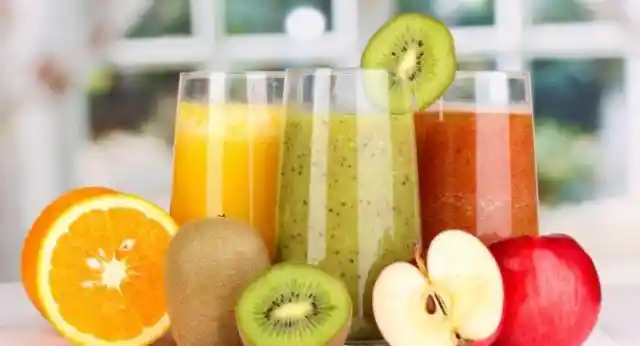
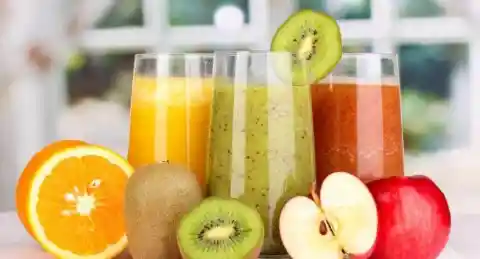
The sugar and the extra snacks can be a steady ride to Obesity, and all the problems that come with that stigma. Save yourself from spending money on larger pants and do your belly, your kidneys and your heart a favor: Drink water. Eat an apple. An organic apple. (Remember #1?)
 The alcoholic drink, tequila, is made from agave. But te-kill-ya, as it’s known, isn’t as dangerous as the sweetener that’s also derived from this plant common to Mexico and South America. Agave nectar is used as a natural sweetener and a “healthy” alternative to sugar. But it’s packed with unhealthy fructose that flies under the radar of the glycemic red flags and also tricks the body into continuing to feel hungry after consuming it.
The alcoholic drink, tequila, is made from agave. But te-kill-ya, as it’s known, isn’t as dangerous as the sweetener that’s also derived from this plant common to Mexico and South America. Agave nectar is used as a natural sweetener and a “healthy” alternative to sugar. But it’s packed with unhealthy fructose that flies under the radar of the glycemic red flags and also tricks the body into continuing to feel hungry after consuming it.
Apples
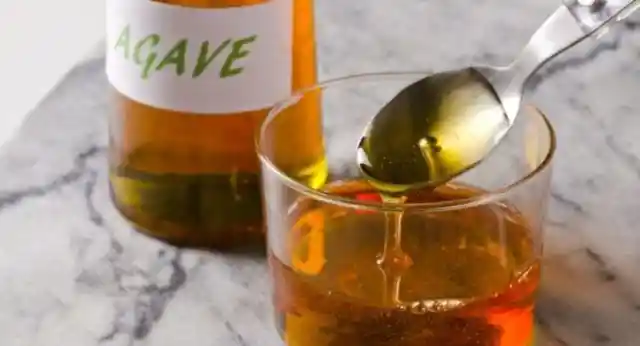
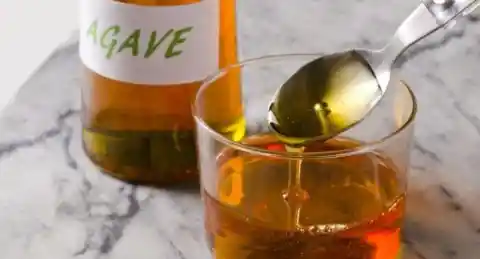
What do you do? You eat more. Trends seem to point to a relationship between intake of fructose and obesity, and obesity can lead to a slew of health problems including heart disease and diabetes. Agave is not the way to sweeten anything.
 This is not a Snow White or Adam and Eve joke. We live in a time when even fruit is dangerous to eat—because of pesticides. If you don’t spend a little extra on organic, the cash you save will get you residual pesticides you can’t easily wash off or peel away. 99% of apples tested in the U.S.
This is not a Snow White or Adam and Eve joke. We live in a time when even fruit is dangerous to eat—because of pesticides. If you don’t spend a little extra on organic, the cash you save will get you residual pesticides you can’t easily wash off or peel away. 99% of apples tested in the U.S.
Gluten


contained the residue of at least one type of pesticide. A recent study found these pesticides can damage the brain, damage the nervous system and lead to cancer…among other undesirable effects. Some other fruits that contain pesticides are peaches, nectarines, cherry tomatoes and strawberries.
 It’s chic to suffer celiac disease these days. Or so it seems. Gluten has become taboo, and many avoid gluten, even without understanding this group of proteins that’s part of wheat and products made from other grains.
It’s chic to suffer celiac disease these days. Or so it seems. Gluten has become taboo, and many avoid gluten, even without understanding this group of proteins that’s part of wheat and products made from other grains.
Margarine


You don’t have to toss out the toast when you eat your eggs or opt for yogurt in lieu of oatmeal IF you don’t exhibit signs of celiac or gluten intolerance. But if you have the symptoms (diarrhea, rashes, nausea and vomiting, difficulty breathing, irritation in your mouth and throat and fatigue), speak to your doctor quickly because consuming gluten can lead to liver disease or death…as well as the unpleasant symptoms you just read.

"Fat-Free" Foods


Then we learned about unhealthy trans-fats, a high amount of which is in most margarine brands. Trans-fats can clog arteries, increase cholesterol and lead to heart disease. That put margarine on the No-No List and butter back on its pedestal. However, liquid or margarine in a tub tend to have lower amounts of trans-fats. But check back tomorrow, there might be new news.
 Let’s face it: fat tastes good! And fat-free…well, when was the last time you pounded the table with your spoon and demanded more fat-free yogurt? Food manufacturers realize this, and to accommodate those who want less fat but tasty food, they added chemicals and sweeteners. So, fat free means they took out the fat and stuffed in some sh..tuff — like thickeners, sugar or salt.
Let’s face it: fat tastes good! And fat-free…well, when was the last time you pounded the table with your spoon and demanded more fat-free yogurt? Food manufacturers realize this, and to accommodate those who want less fat but tasty food, they added chemicals and sweeteners. So, fat free means they took out the fat and stuffed in some sh..tuff — like thickeners, sugar or salt.
Vegetable Oils


It could be the fat is better for your body than the additives that can lead to a host of health problems. Don’t fall for the fat-free food-label fad. There may be less fat, but the additives that enhance the taste can also ruin the health benefits of the food.
 Vegetable oils provide “healthy” fatty acids. That’s great! When there’s a balance between Omega-3 and Omega-6 fatty acids. When you eat processed seed oils like canola oil, corn oil, cottonseed oil, safflower oil and soybean oil, for examples, you get a lot of Omega-6 fatty acids.
Vegetable oils provide “healthy” fatty acids. That’s great! When there’s a balance between Omega-3 and Omega-6 fatty acids. When you eat processed seed oils like canola oil, corn oil, cottonseed oil, safflower oil and soybean oil, for examples, you get a lot of Omega-6 fatty acids.
Low-Carb Junk Foods
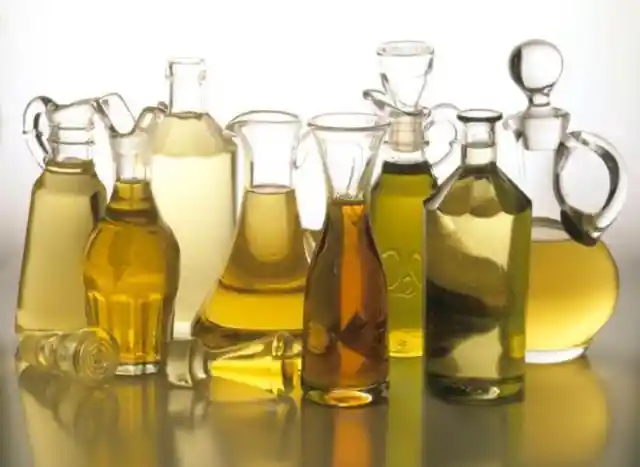
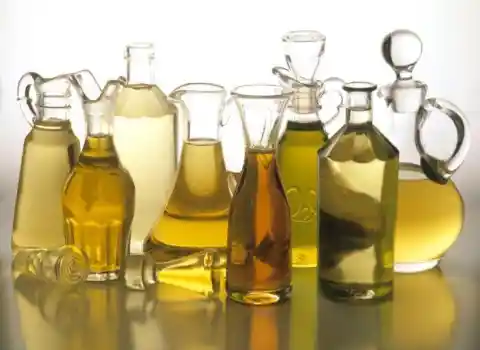
But too much 6 and not enough 3s can lead to inflammation, and that can lead or contribute to heart disease and cancer. One study showed a correlation between high Omega-6 levels and death from heart disease. Most studies do not differentiate between the two fatty acids, so we’re led to believe we’re helping our heart with any omega fatty acids. Now you know better.
 So you’re trying to lower your carbs to presumably lose weight. Good for you! What do you eat between your low-carb meals? Low-carb snacks, obviously. Or, do you fall for the trap and believe you can eat low-carb junk foods with no consequences?
So you’re trying to lower your carbs to presumably lose weight. Good for you! What do you eat between your low-carb meals? Low-carb snacks, obviously. Or, do you fall for the trap and believe you can eat low-carb junk foods with no consequences?
Breakfast Cereals


Low-carb or not, it’s still junk food. As such, it’s probably highly-processed which squeezes out most of the nutrition, makes your brain happy and in general leaves you wanting to eat more food. Processed foods also cause inflammation, one of the leading causes of chronic illnesses today. That leads to the next food to eat with caution…
 You can’t even wake up to a bowl of cereal without wondering if you’re harming yourself. Most processed cereals are full of refined carbohydrates. They’re also fortified, i.e. “pumped,” with synthetic vitamins that look good on the packaging label but won’t help your body as effectively as the natural sources of vitamins. Then there’s the sugar.
You can’t even wake up to a bowl of cereal without wondering if you’re harming yourself. Most processed cereals are full of refined carbohydrates. They’re also fortified, i.e. “pumped,” with synthetic vitamins that look good on the packaging label but won’t help your body as effectively as the natural sources of vitamins. Then there’s the sugar.
Aspartame
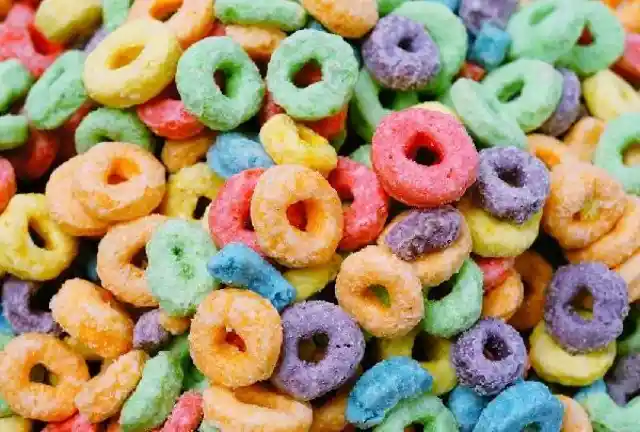
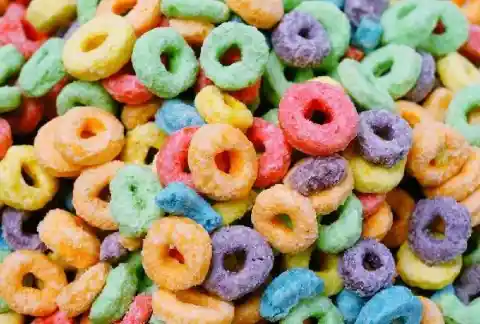
Oh the sugar! You don’t even have to spoon it on top. Just read the ingredients and weep. Eating too much sugar has been linked to type 2 diabetes, heart disease and even cancer.
 Can’t we just drink our diet cola in peace? Aspartame is used as an artificial sweetener, common in Diet Coke products. Compared to glucose, aspartame increases hunger, so you’ll need two burgers with that diet soda! Aspartame has also shown to change the microbial composition in intestines.
Can’t we just drink our diet cola in peace? Aspartame is used as an artificial sweetener, common in Diet Coke products. Compared to glucose, aspartame increases hunger, so you’ll need two burgers with that diet soda! Aspartame has also shown to change the microbial composition in intestines.
Cola
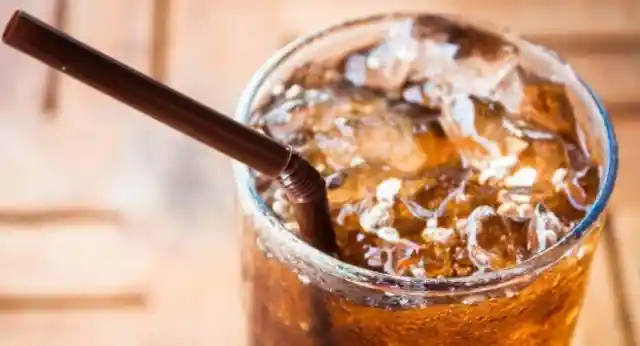
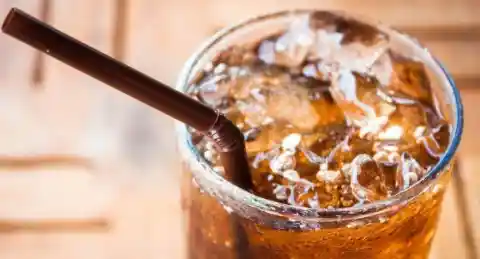
New evidence suggests that regular consumption could mess with metabolism and lead to abdominal obesity, high blood pressure and insulin resistance. A 2012 study found that men who used consumed aspartame daily doubled their chances of developing cancer. Should you drink regular cola instead? Read on, my friend…
 No surprise this is on the list, right? Right? We all know cola is baaaaad. The acid ruins teeth, the phosphates weaken bones, the caramel color has been linked to cancer, and the sugar can be deadly. An average can of cola contains about 10 teaspoons of sugar.
No surprise this is on the list, right? Right? We all know cola is baaaaad. The acid ruins teeth, the phosphates weaken bones, the caramel color has been linked to cancer, and the sugar can be deadly. An average can of cola contains about 10 teaspoons of sugar.
Monosodium Glutamate


Would you ever consider eating 10 teaspoons of the white poison — even on a dare? Consumed occasionally, the body can absorb the shock. But if you’re drinking soda regularly, the consequences over time are not pretty: obesity, diabetes, and heart disease. Plus a cavity-plagued smile.
 Better known as MSG, it’s a flavor enhancer that became famous (or infamous) as integral in Chinese food but is also added to thousands of foods you probably eat if you live in America. These include canned soups, baked chips or crackers, meats, salad dressings, frozen dinners and more. According to one neurosurgeon and many experts, consumed over time, MSG can lead to brain damage or potentially trigger Alzheimer’s disease, Parkinson’s disease or Lou Gehrig’s disease.
Better known as MSG, it’s a flavor enhancer that became famous (or infamous) as integral in Chinese food but is also added to thousands of foods you probably eat if you live in America. These include canned soups, baked chips or crackers, meats, salad dressings, frozen dinners and more. According to one neurosurgeon and many experts, consumed over time, MSG can lead to brain damage or potentially trigger Alzheimer’s disease, Parkinson’s disease or Lou Gehrig’s disease.
Nitrates


Maybe use ketchup instead. Or does that kill us too?
 Step away from the bacon. In fact, back off from all cured meats. Sodium nitrates have been added to preserve their freshness…at the cost of your health.
Step away from the bacon. In fact, back off from all cured meats. Sodium nitrates have been added to preserve their freshness…at the cost of your health.
BHT


The irony is that even though the US FDA permits nitrates to be added to meat, it’s not yet known how much is safe to eat! What we do know is that nitrates are associated with an increase in brain tumors, leukemia, nose tumors and throat tumors in both children and adults. Adults are at risk for early onset of Alzheimer’s and Parkinson’s if nitrates are eaten in large quantities.
 Butylated Hydroxytoluene (BHT) is a preservative that’s made in the lab. You’ll find it in potato chips, cereal, cereal packaging, instant mashed potatoes, beer, baked goods, dry beverage and dessert mixes, and chewing gum. It’s also used to create jet fuel and to treat genital herpes. Whether it causes cancer in humans or not is up for debate, and has been for quite some time, with no solid evidence in either camp.
Butylated Hydroxytoluene (BHT) is a preservative that’s made in the lab. You’ll find it in potato chips, cereal, cereal packaging, instant mashed potatoes, beer, baked goods, dry beverage and dessert mixes, and chewing gum. It’s also used to create jet fuel and to treat genital herpes. Whether it causes cancer in humans or not is up for debate, and has been for quite some time, with no solid evidence in either camp.
High Fructose Corn Syrup
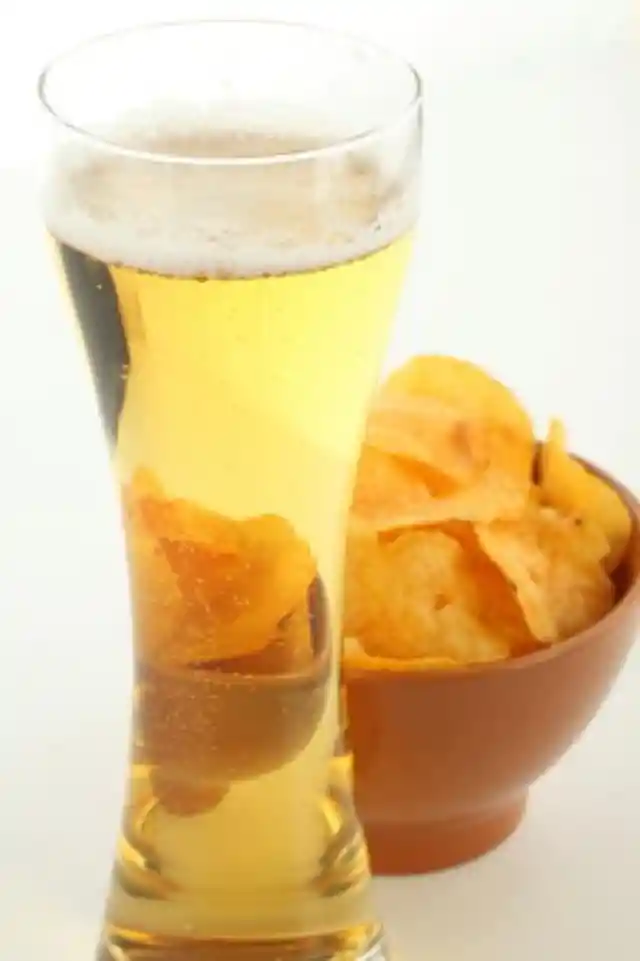
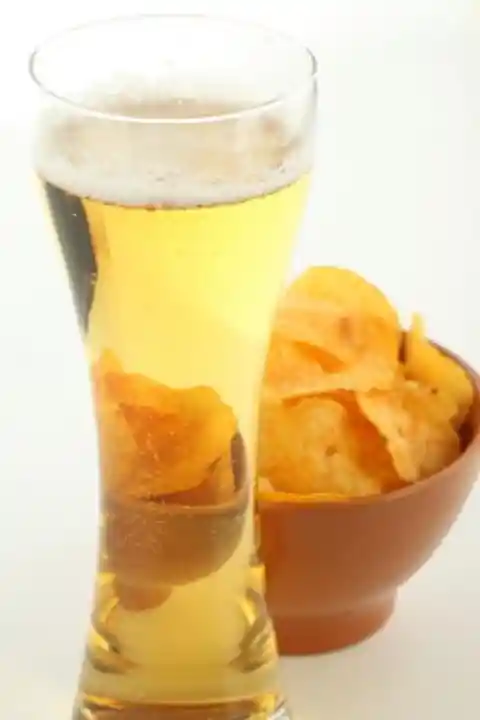
But BHT has been associated with hyperactivity in kids. That alone could drive a parent to an early grave and is reason to avoid this preservative. You have to read the label to know if it’s in there.
 High fructose corn syrup is a sweetener derived from corn. The good news ends there. Through manufacturing, like in this image, the glucose in the corn is changed to a different sugar, called fructose, and chemical toxins like mercury wind up part of the mix. There is nothing good about high fructose corn syrup for consumers, yet it is in sodas, cereals, sauces, condiments, breads, etc.
High fructose corn syrup is a sweetener derived from corn. The good news ends there. Through manufacturing, like in this image, the glucose in the corn is changed to a different sugar, called fructose, and chemical toxins like mercury wind up part of the mix. There is nothing good about high fructose corn syrup for consumers, yet it is in sodas, cereals, sauces, condiments, breads, etc.
Potassium Bromate
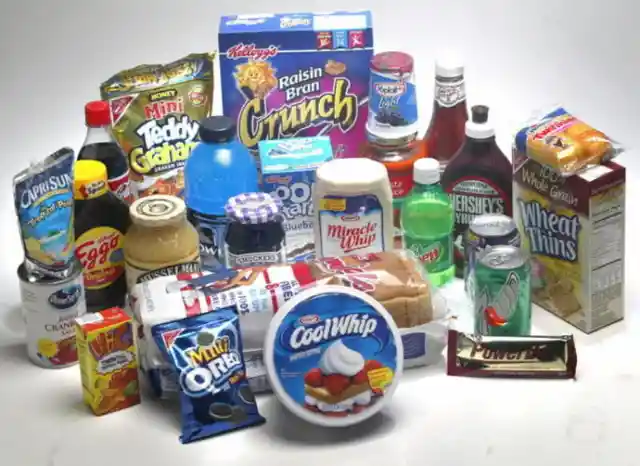
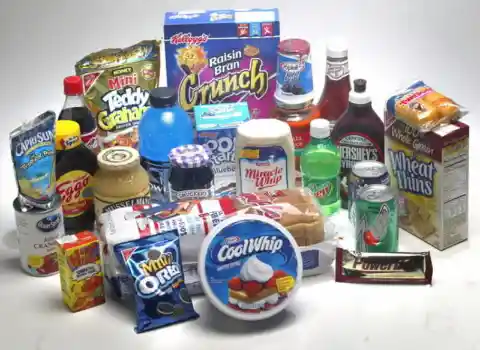
Used in moderation it can lead to obesity, heart disease and more. But how can you avoid it, much less use it in moderation, when it’s in so many products? Read the labels of everything you purchase, and do your best to avoid bringing it into your home.
 Potassium bromate is added to flour to make bread rise higher, faster and hold its shape better. That’s great news for the bakers, manufacturers and big business owners. For us, well, we don’t necessarily benefit. In fact, the jury is still out on the health risks, but bromated flour is categorized as a potential carcinogen. Europe and Canada ban its use.
Potassium bromate is added to flour to make bread rise higher, faster and hold its shape better. That’s great news for the bakers, manufacturers and big business owners. For us, well, we don’t necessarily benefit. In fact, the jury is still out on the health risks, but bromated flour is categorized as a potential carcinogen. Europe and Canada ban its use.
Fat Free Potato Chips


The U.S. FDA recommends it not be used. But why would a business abide when there’s more money to be made by using it? You most likely eat bromated flour when you eat in restaurants, order a pizza or just enjoy baked goods, until, that is, the U.S. catches on and bans it.
 “Eat your veggies!” It’s mom’s famous mantra. Potato chips do not count as veggies, but that’s not the point. Just six fat-free potato chips could wipe out the benefits of the bona fide vegetables you did eat. Many fat-free chips contain Olestra, a man-made cooking oil that adds no fat, calories or cholesterol when used for cooking. Looks good on paper, but in your body, Olestra sucks up carotenoids you got from eating vegetables.
“Eat your veggies!” It’s mom’s famous mantra. Potato chips do not count as veggies, but that’s not the point. Just six fat-free potato chips could wipe out the benefits of the bona fide vegetables you did eat. Many fat-free chips contain Olestra, a man-made cooking oil that adds no fat, calories or cholesterol when used for cooking. Looks good on paper, but in your body, Olestra sucks up carotenoids you got from eating vegetables.
White Sugar
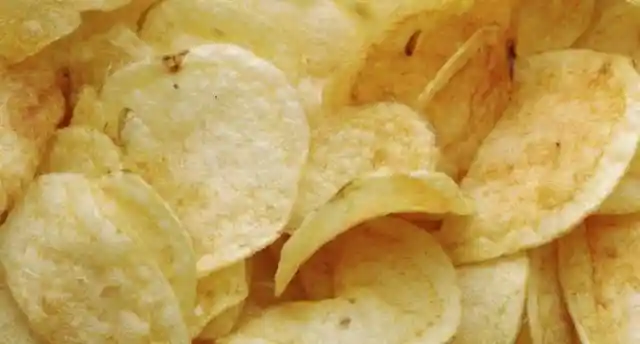
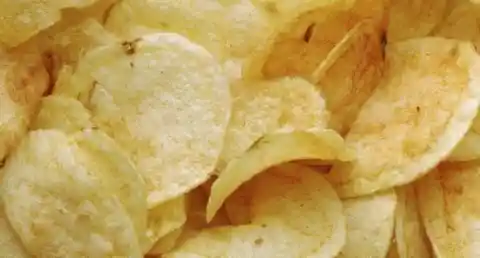
Carotenoids are pigments that provide you with important health benefits and protection, until Olestra steals them. Olestra causes problems on the way out, too, especially with stained underwear. Get my drift? A teenager might die of embarrassment, so read your labels carefully before eating it or feeding it to your kids.
 Refined white sugar is known as poison because it provides no benefit, except taste, and it drains the body of vitamins and minerals deep inside the body. White sugar also depletes the body of calcium which weakens bones and teeth. If your butt is getting bigger because of the sugar you’re enjoying, it’s a warning sign you already overloaded your liver.
Refined white sugar is known as poison because it provides no benefit, except taste, and it drains the body of vitamins and minerals deep inside the body. White sugar also depletes the body of calcium which weakens bones and teeth. If your butt is getting bigger because of the sugar you’re enjoying, it’s a warning sign you already overloaded your liver.
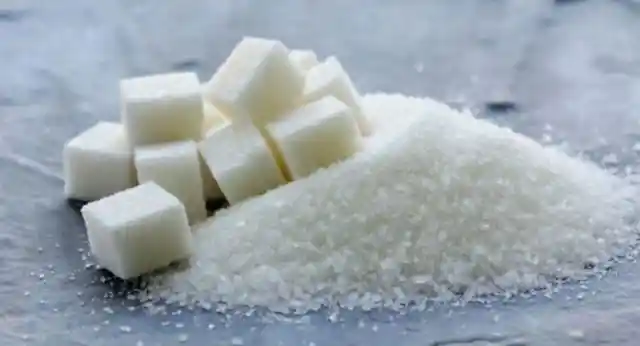
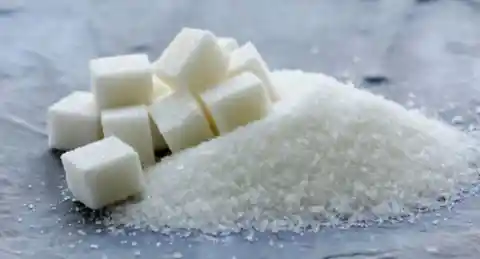
Consistent consumption is also responsible for obesity, diabetes, gout and high blood pressure. Try sugar cane juice in your coffee or fresh fruits to sweeten your food.